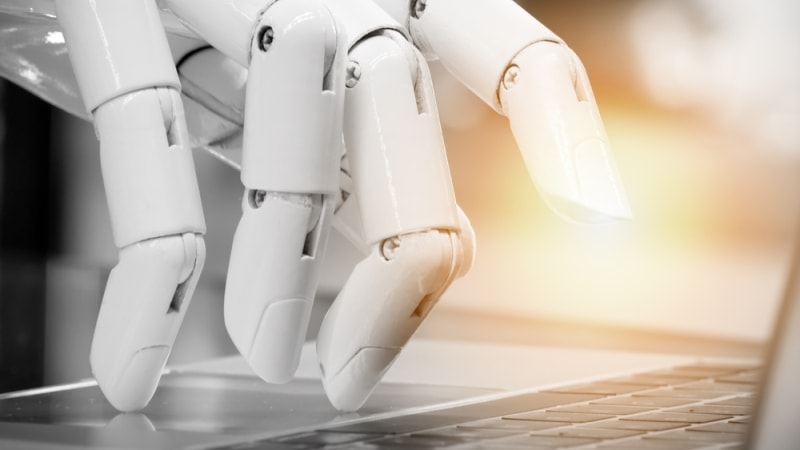
Current data on the impact advanced technologies, like artificial intelligence and robotics, will have on the American workforce is still inadequate in assessing how automation will hurt workers, the Government Accountability Office (GAO) reported today.
After interviewing 16 firms that use advanced technologies in their operations and seven firms that develop advanced technologies, GAO found three key findings:
- Industries that have seen growth in tech jobs from 2010–2016 have a greater proportion of jobs susceptible to automation – a potential indicator that these industries are looking to adopt advanced technologies;
- Jobs susceptible to automation and industries with a greater share of these occupations did not experience significant higher job loss rates, although it could be too soon to determine these effects; and
- Workers with no college education and Hispanic workers, among other groups, tended to hold jobs susceptible to automation in 2016 and can be disproportionately affected if job automation continues.
The Department of Labor (DoL) tracks changes in the U.S. workforce, and Bureau of Labor Statistics identifies jobs that will likely experience staffing pattern changes and their causes, such as robotics’ displacement of workers, but GAO found that DoL’s overall data on the workforce effects of advanced technologies is still too limited to make solid predictions.
“Without comprehensive data that link technological changes to shifts in workforce, DoL lacks a valuable tool for ensuring that programs it funds to support workers are aligned with local labor market realities, and employers and job seekers need to rely on other sources of information to decide what training to offer or seek,” GAO said.
Officials GAO interviewed said on one hand, many firms needed fewer workers in certain positions after adopting advanced technologies. On the other, officials also said advanced technologies helped them increase competitiveness and add positions.

The impact of advanced technologies on workers also depends greatly on workers’ individual ability to adapt.
“Workers who can adapt to new roles may experience positive effects, such as work that is safer, while those who cannot adapt may be negatively affected,” GAO said.
The disparities in responses speak to the complicated nature of measuring how these technologies will affect workers. In light of this, GAO recommended that DoL develop ways to use existing or new data collection efforts so that advanced technologies’ impact on workers can be better measured and analyzed.
DoL agreed with GAO’s recommendations, and it will coordinate with the Census Bureau in exploring and developing these respective research areas.
